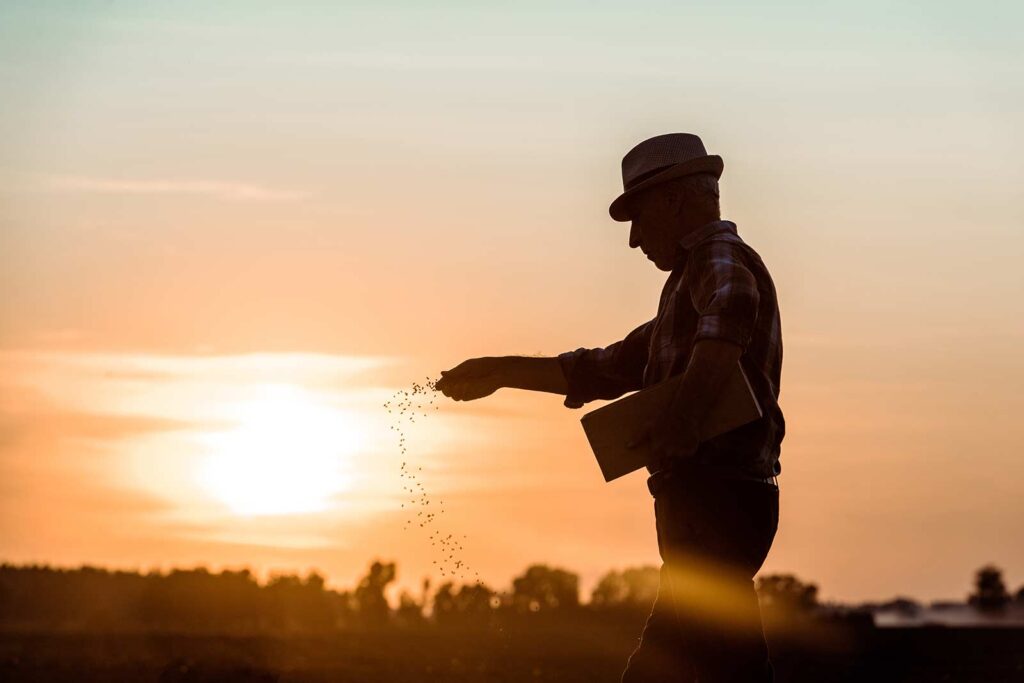
A well-planned seed mix is essential to constructing a diverse and stable planting. Knowing the physical characteristics of the site is essential to choosing the most appropriate native plants for that site. A diverse planting normally includes a seed mix of annual, biennial, and perennial species. Cost and availability are two essential factors that come into play when choosing your seed mix, but other factors can help you determine how to choose your seeds.
1. Soil type
Each soil type is a unique blend of clay, loam, sand and organic matter that affects how the soil drains and retains water. There are five general soil moisture categories: wet, wet/moderate, moderate, dry/moderate, and dry. Every plant species has evolved to grow within a certain range of these soils and choosing a seed mix that has adapted to the soil moisture of your planting site will help in a successful establishment.
2. Slope
As the slope of your land changes, so does the soil. The upper portion of a slope is usually drier than the lower portion and that can affect the growth of your plants. Adapting your seed mix to the moisture content of your sloped land can ensure the best for planting.
3. Geographic region
Select species native to the planting region. Native plants require less fertilizers, provide shelter for native animal species, and reduce the carbon footprint among other benefits. To find out more about the importance of native species, check here.
4. Let there be light
Looking around your planting area and determining the amount of light the field receives can be a simple way to help you determine the correct seed mix. Different seeds have different sunlight requirements—full, partial, or complete shade. Select species that work with the natural light in your fields.
5. Life span
Native plants can be classified as annuals, biennials, and perennials. Annual plants germinate, flower, and die in one growing season. Biennials germinate and remain vegetative in the first year, flower, and die in the second year. Perennials flower and survive year after year. A good mix of annuals, biennials, and perennials provide long-term diversity and stability.
Selecting the appropriate species requires information on site conditions and species characteristics. With careful planning you can ensure a great seed mix adapted for your field conditions.
